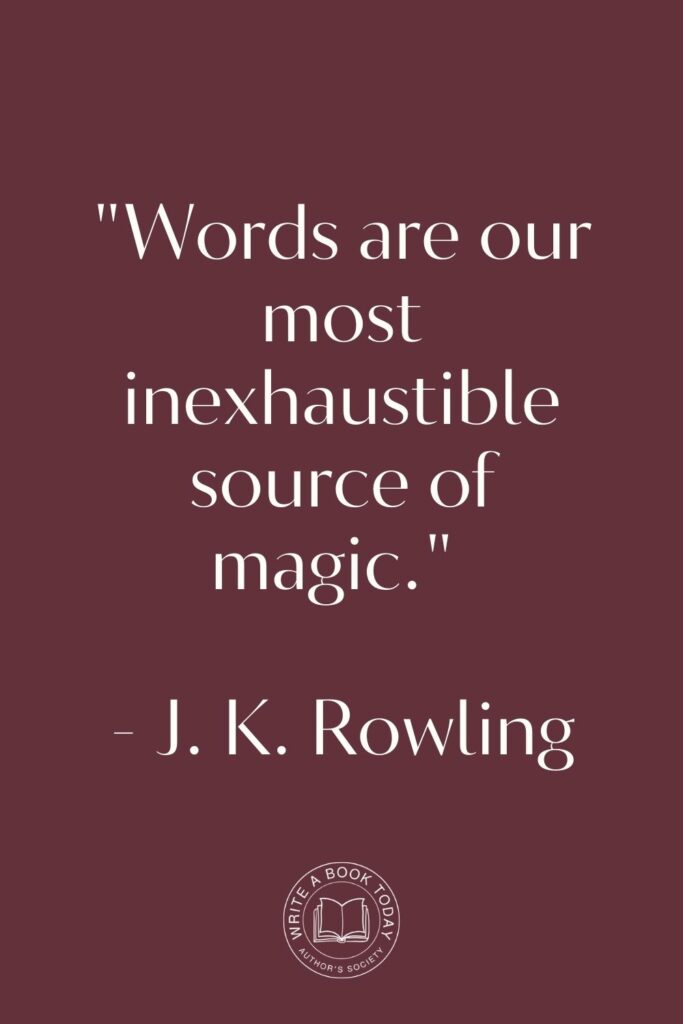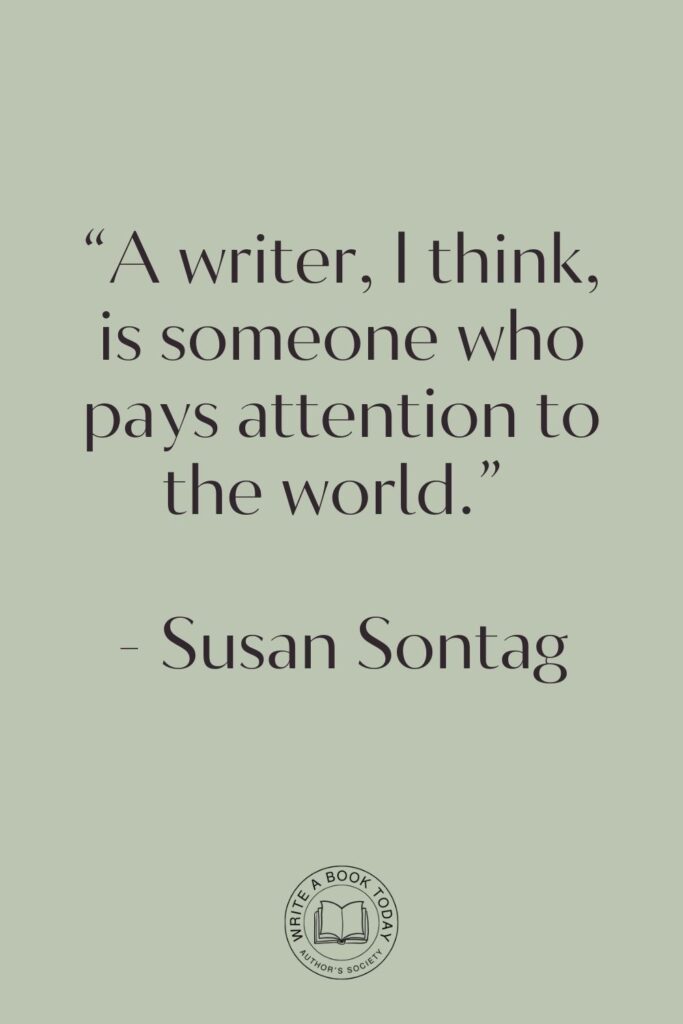Have you ever found yourself flipping through a novel, feeling as though the story was moving at a snail’s pace, or conversely, like you were on a runaway train with no time to catch your breath?
This delicate dance of rhythm and tempo is what we call story pacing.
Just as a conductor guides an orchestra through crescendos and rests, so must a writer navigate their narrative speed.
But fear not, dear storyteller, for mastering this art can transform your writing from a drag to a captivating flow.
Understanding Story Pacing
Story pacing is the heartbeat of your narrative, dictating how swiftly or leisurely your tale unfolds.
It’s not just about keeping readers on the edge of their seats but also giving them moments to pause and reflect.
Think of it as the tide that pulls your audience in and out of the story’s depths, ensuring they are neither overwhelmed nor underwhelmed.
What is Story Pacing?
At its core, story pacing is the speed at which a story is told, encompassing the rhythm and flow of events, dialogue, and action.
It’s the writer’s tool to control the narrative’s tempo, much like a maestro uses a baton to lead a symphony.
Whether fast-paced like a thriller or slow and introspective like literary fiction, the pace should align with the story’s genre and purpose.
To gauge your story’s pacing, consider reading it aloud.
This technique allows you to hear the rhythm and identify areas where the pace may lag or rush, providing a more visceral understanding of your narrative’s flow.
The Importance of Narrative Speed
Narrative speed, a vital component of story pacing, affects how readers experience your tale.
It can build tension, heighten emotions, and create an immersive atmosphere.
Rapid scenes may evoke excitement and urgency, while slower passages allow for character development and reflection.
Balancing these speeds keeps the reader engaged, ensuring the story resonates long after the final page is turned.

Identifying Pacing Issues
Even the most compelling stories can suffer from pacing issues.
Recognizing these pitfalls is the first step toward crafting a narrative that captivates and enthrals.
Recognising a Sagging Middle
A common pacing problem is the dreaded “sagging middle,” where the story loses momentum and drags.
This typically occurs when the plot stagnates, lacking sufficient conflict or progression.
To combat this, ensure that each scene contributes to the narrative’s advancement, introducing new challenges or revelations to keep readers invested.
Feeling lost with your debut novel?
Fiverr Pro connects you with expert editors, designers, and marketers – everything you need to get your book ready for success!

Common Pacing Problems
Other pacing issues include excessive description, redundant scenes, or abrupt transitions.
These can disrupt the story’s flow, leaving readers disengaged.
Instead, strive for variety by alternating between fast-paced action and slower, introspective moments.
This ebb and flow creates a dynamic narrative that holds the reader’s attention.
| Common Pacing Issue | Solution |
|---|---|
| Excessive Descriptions | Limit descriptions to key details that enhance the scene and focus on action or dialogue to maintain interest. |
| Redundant Scenes | Ensure each scene propels the plot forward or develops character, cutting those that don’t contribute meaningfully. |
| Abrupt Transitions | Smooth transitions by linking scenes through thematic or narrative connections to maintain continuity. |
Mastering the Art of Pacing
Once you’ve identified pacing issues, the next step is mastering techniques to control and refine your narrative speed, creating a seamless and engaging story.
Techniques to Control Pacing
Several storytelling techniques can help you control story pacing.
Vary sentence lengths to manipulate speed—short sentences for action, longer ones for reflection.
Use dialogue to quicken the pace, while detailed descriptions can slow it down.
Additionally, the strategic placement of climaxes and revelations can rejuvenate the story’s momentum.
Consider using subplots to add depth and variation to your story’s pacing.
Subplots can provide respite from the main narrative, allowing for character development and thematic exploration.

Balancing Fast and Slow Sections
Striking a balance between fast and slow sections is crucial for effective pacing.
Too much action can exhaust the reader, while excessive introspection can bore them.
Alternate between the two, ensuring that each serves the story’s progression and emotional impact.
This balance creates a rhythm that mirrors the natural ebb and flow of life.
Using Tension to Enhance Engagement
Tension is a powerful tool in story pacing. It can be achieved through suspenseful situations, unresolved conflicts, or dramatic irony.
By gradually building and releasing tension, you maintain reader engagement and create a compelling narrative arc.
Consider using cliffhangers at chapter ends to entice readers to continue.
Crafting an Engaging Narrative
An engaging narrative is not only about what happens but how it’s told.
Crafting a story that captivates requires attention to pacing, conflict, and character development.
The Role of Conflict in Pacing
Conflict drives the narrative forward, making it an essential component of story pacing.
It introduces stakes, propels character arcs, and maintains reader interest.
Ensure that conflicts are varied and evolve, preventing the story from becoming predictable or stagnant.
Introduce internal conflicts alongside external ones.
Internal struggles add depth to characters and can slow the pace, allowing for introspection and growth.
No marketing platform? No social following? No problem!
Publisher Rocket helps you market your debut novel like a pro.
It’s a gamechanger for debut authors – try it today!


Creating Compelling Subplots
Subplots enrich the main storyline, offering alternative perspectives and themes.
They can also affect pacing by providing breaks from the primary narrative, allowing for character development and thematic exploration.
Ensure subplots are relevant and interwoven with the main plot, enhancing rather than distracting from the story.
Strategic Use of Introspection and Flashbacks
Introspection and flashbacks are tools for deepening character understanding and backstory.
Used strategically, they can slow the pace for reflection and context.
However, avoid overuse, as they can disrupt the narrative flow. Integrate them seamlessly, ensuring they serve the story’s progression and emotional resonance.

Practical Tips for Pacing Your Story
Implementing practical techniques can help you fine-tune your story pacing, ensuring a well-balanced and engaging narrative.
Reading Aloud for Rhythm
Reading your work aloud is a simple yet effective way to assess pacing. It reveals awkward phrasing, uneven rhythms, and areas where the pace may falter.
By listening to the narrative, you gain insight into its flow and can make adjustments accordingly.
Varying Sentence Lengths
Sentence length significantly impacts pacing.
Short, punchy sentences create urgency and excitement, while longer, more complex sentences allow for reflection and depth.
Varying sentence length within paragraphs keeps the reader engaged and enhances the narrative’s rhythm.
- Use short sentences for action sequences to convey speed and intensity.
- Employ longer sentences for introspective moments, allowing readers to delve deeper into characters’ thoughts.
- Mix sentence lengths to maintain a dynamic and engaging narrative flow.
Ending Chapters with Cliffhangers
Cliffhangers are an excellent tool for maintaining reader interest and propelling the story forward.
By ending chapters with unresolved questions or tensions, you entice readers to continue, eager to discover what happens next.
Use them sparingly to avoid predictability and ensure they serve the story’s progression.
Google Docs is for notes. Scrivener is for novels. Upgrade your writing game and try it for free today!

Final Thoughts on Story Pacing
Mastering story pacing is akin to conducting a symphony, where each note and rest contributes to a harmonious whole.
By balancing narrative speed, tension, and character development, you create a captivating and memorable tale.
Finding Your Unique Rhythm
Every writer has a unique rhythm that reflects their voice and style.
Embrace this individuality, experimenting with pacing techniques to find what works best for your story.
Trust your instincts and remain open to feedback, continually refining your craft.
Continual Improvement and Feedback
Story pacing is a skill honed through practice and reflection.
Seek feedback from beta readers or writing groups, incorporating constructive criticism to enhance your narrative.
Remember, even the most seasoned writers strive for continual improvement, learning from each story they tell.
In the grand tapestry of storytelling, pacing is the thread that binds the narrative together, weaving a tale that lingers in the hearts and minds of readers.
So, dear writer, go forth and master the art of pacing, transforming your story from slow to flow.








